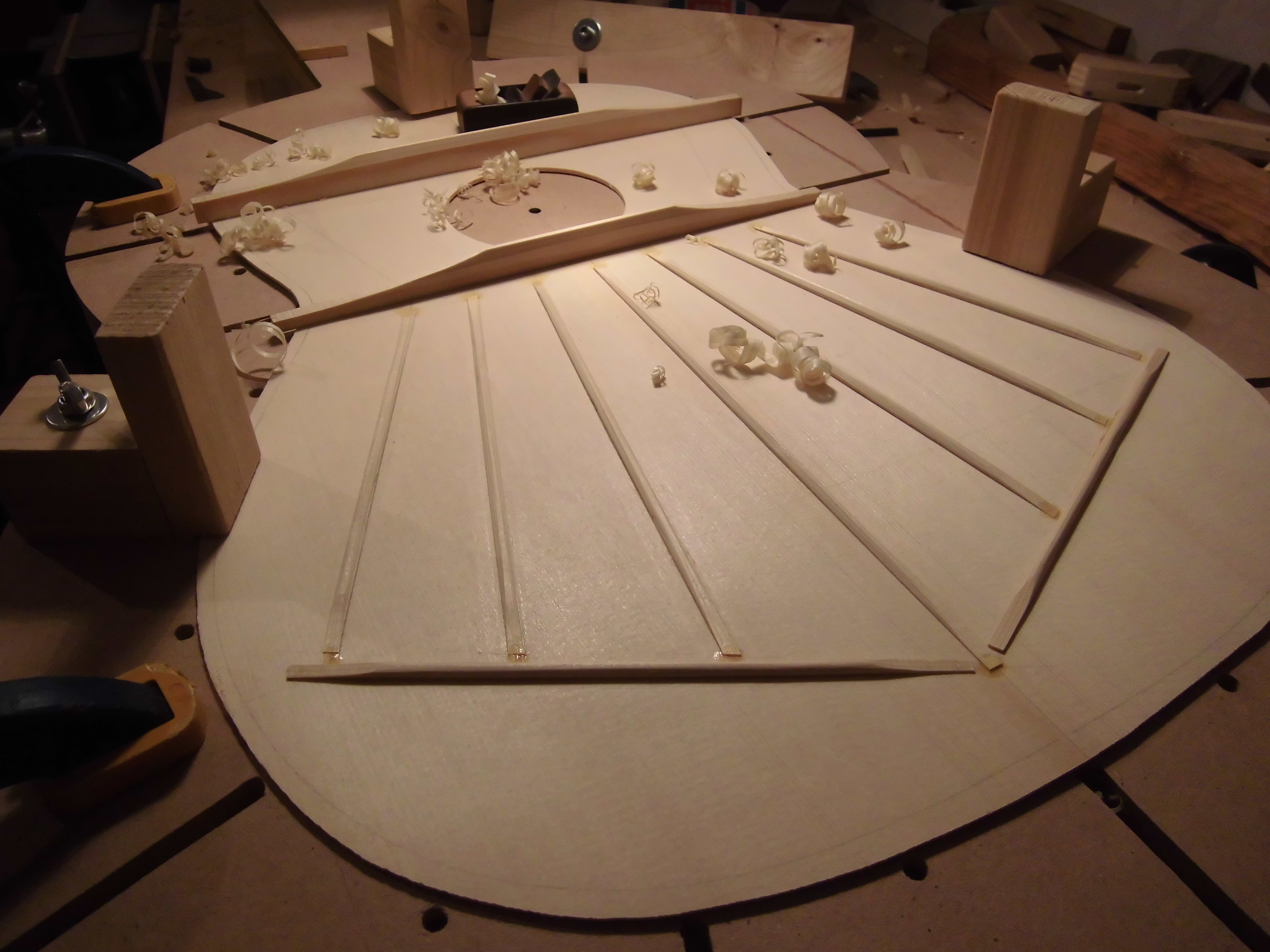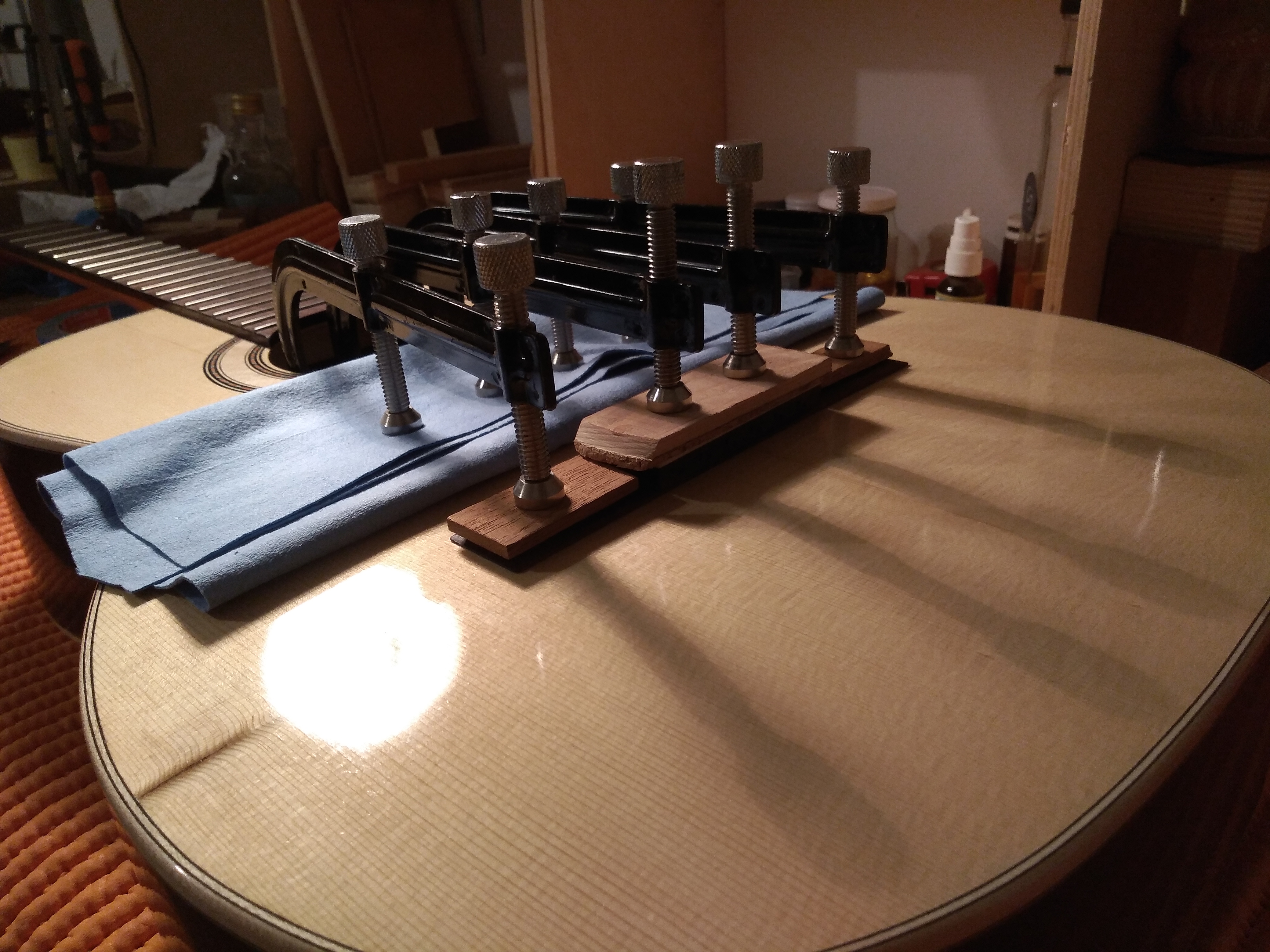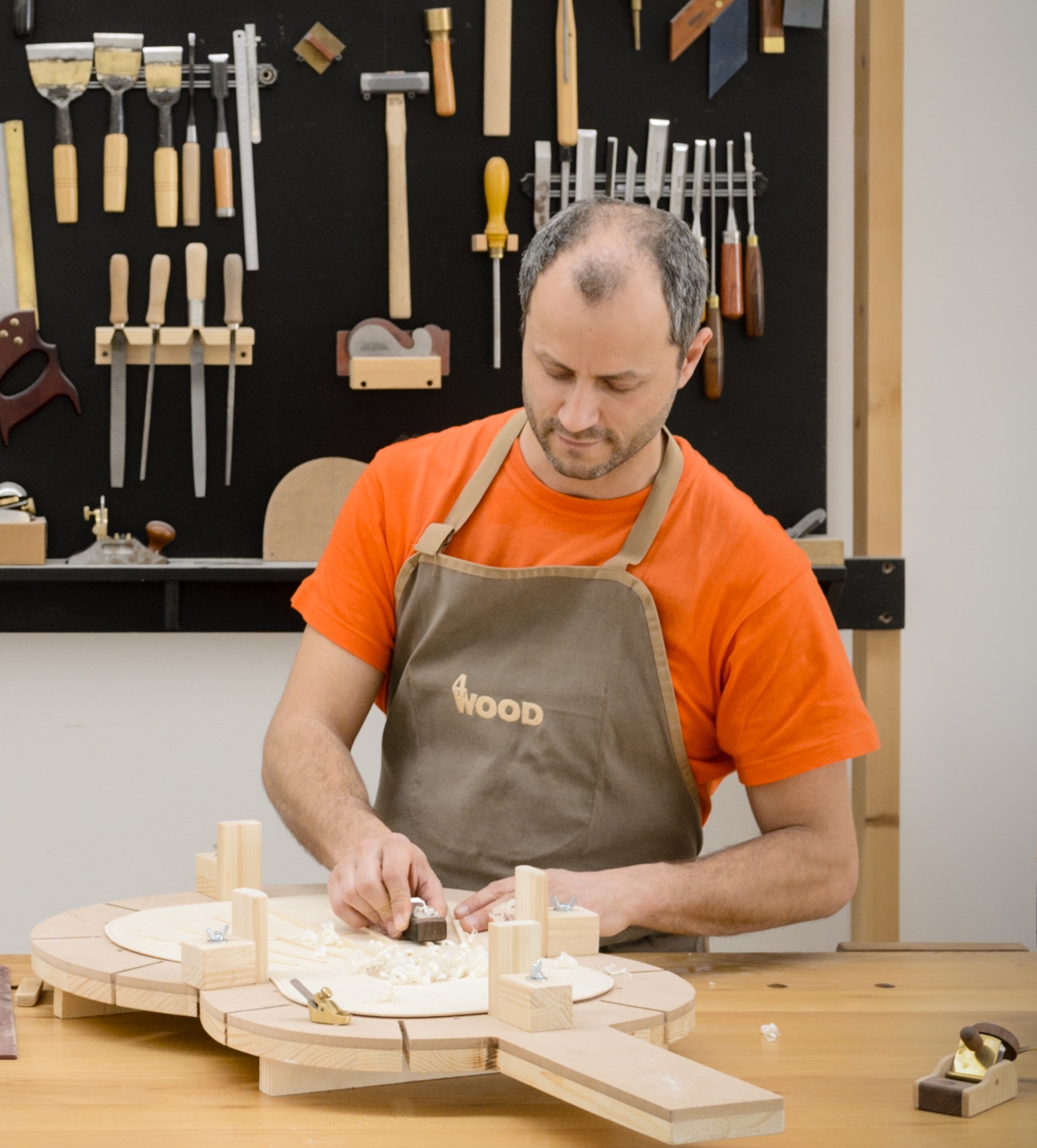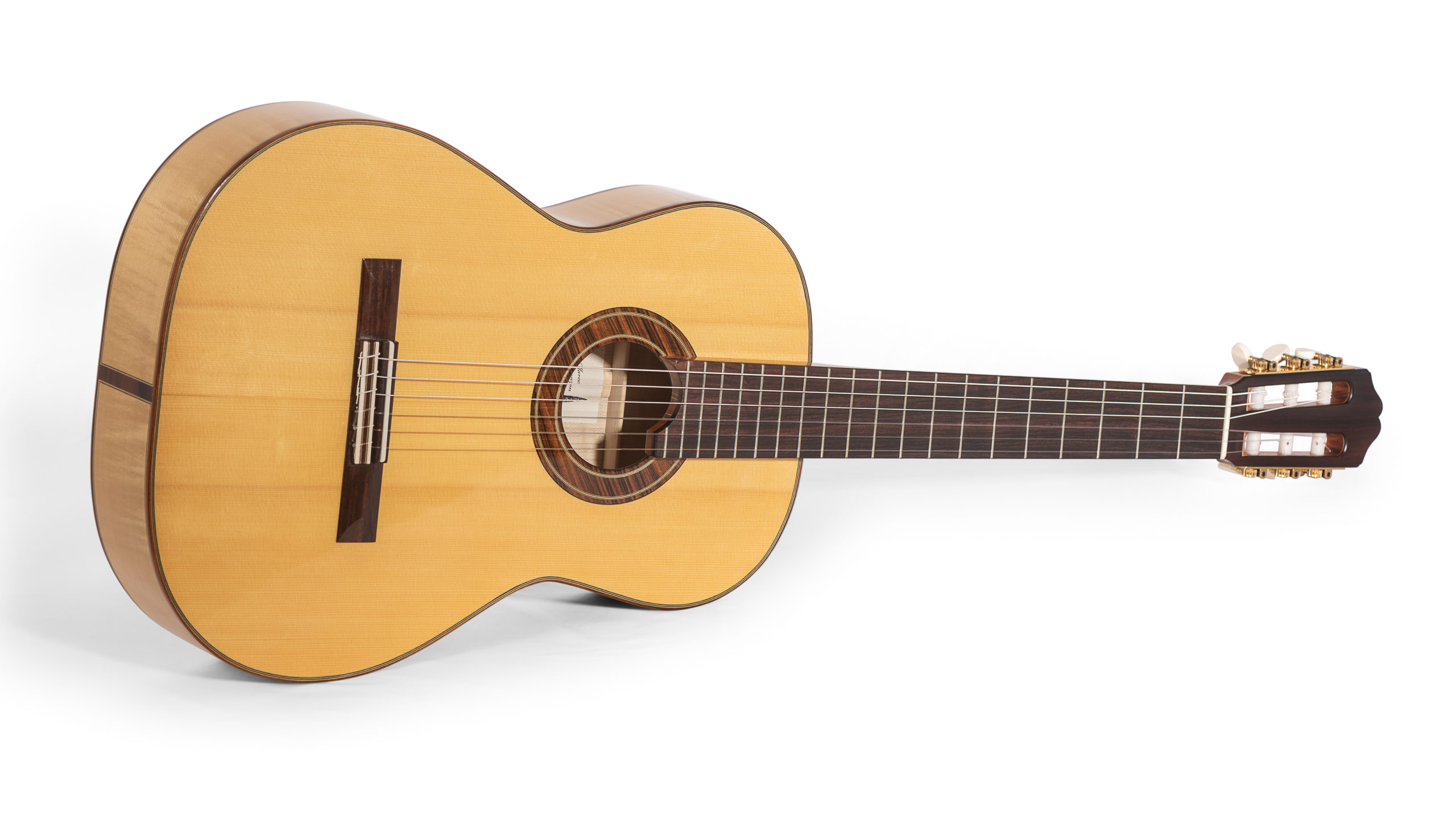Wood
The wood used in guitar-making is a special material. It is a fabric made by the laws of life and by the intelligence pervading all living creature, creating unique and refined structures.
Raw Material Quality
Raw material quality is really important when it is about instruments which need to make Art. It is neat that trees are the ones giving us this raw material. Wood comes directly from nature, from the beauty of a forest. It is a form of Beauty that turns into a new form of Beauty, thanks to men’s knowing hands (be it a luthier’s hands or a musicians).







